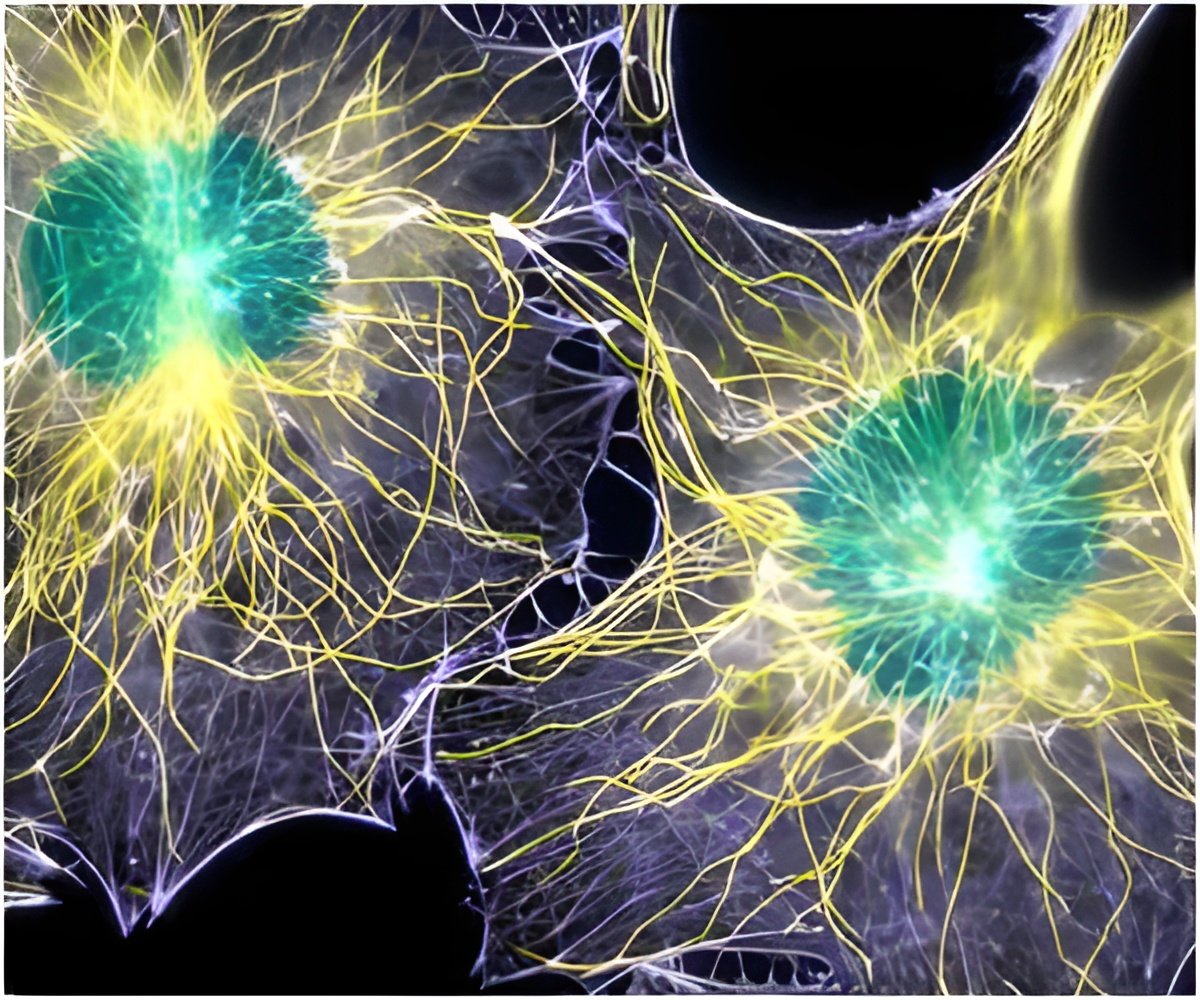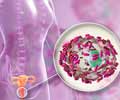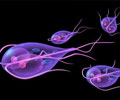Researchers at MIT have identified new polymers found in mucus, known as mucins, that can provide protection against biofilm formation.

Mucin coatings may help prevent biofilm formation on medical devices and could also find applications in personal hygiene: Incorporating them into products such as toothpaste or mouthwash may supplement the body's own defenses, especially in people whose natural mucus has been depleted, Ribbeck says.
Lead authors of the Current Biology paper are former MIT postdoc Marina Caldara and Ronn Friedlander, a graduate student in the Harvard-MIT Division of Health Sciences and Technology. Other authors are Nicole Kavanaugh, an MIT graduate student in biology; Joanna Aizenberg, a professor of materials science at Harvard University; and Kevin Foster, a professor of evolutionary biology at the University of Oxford.
How to stop bacteria from teaming up
Mucus normally lines most of the wet surfaces of the body, including the respiratory and digestive tracts. "The textbook view of mucus is that it forms a barrier to infection, but it's not at all clear how it does so," Ribbeck says.
To investigate that question, Ribbeck and her colleagues observed the behavior of Pseudomonas aeruginosa bacteria in a growth medium that contained soluble purified mucins — long proteins with many sugar molecules attached.
Advertisement
"In general, you want to have bacteria around, you just don't want them to team up," Ribbeck says. "You want to them to be mixed with many other bacteria that are good for you. You don't want a single species to take over, because then they may overgrow the system."
"The mucins have the ability to suppress virulence by keeping the cells separate. It's like keeping your kids in separate rooms, so they will stay out of trouble," Ribbeck says.
However, bacteria are sometimes able to break through this defense system and cause infections. This can be accelerated by reductions in mucus due to aging, dehydration or chemotherapy, Ribbeck says. Or it may be that the mucus does not get replaced often enough, as happens in the mucus-clogged lungs of cystic fibrosis patients.
'Managing microbial behavior'
One advantage of using mucins as antimicrobial coatings is that the substance disarms pathogenic bacteria without killing them. This makes it less likely that bacteria could evolve resistance to mucins, as they do to antibiotic drugs. It would also spare the beneficial bacteria that live on mucus membranes.
"This is a nice mechanism where you just suppress the virulence traits without killing the bacteria," Ribbeck says. "It's nature's way of managing microbial behavioral in a way that could be useful to take advantage of."
Her lab is now investigating exactly how mucins prevent bacteria from losing their motility, and also how they block infection by nonmotile bacteria. Mucins seem to have wide-ranging antimicrobial properties: Ribbeck has previously shown that they can trap viruses and keep them from infecting cells, and she is now studying mucin interactions with other pathogenic organisms, such as yeasts.
Source-Eurekalert









